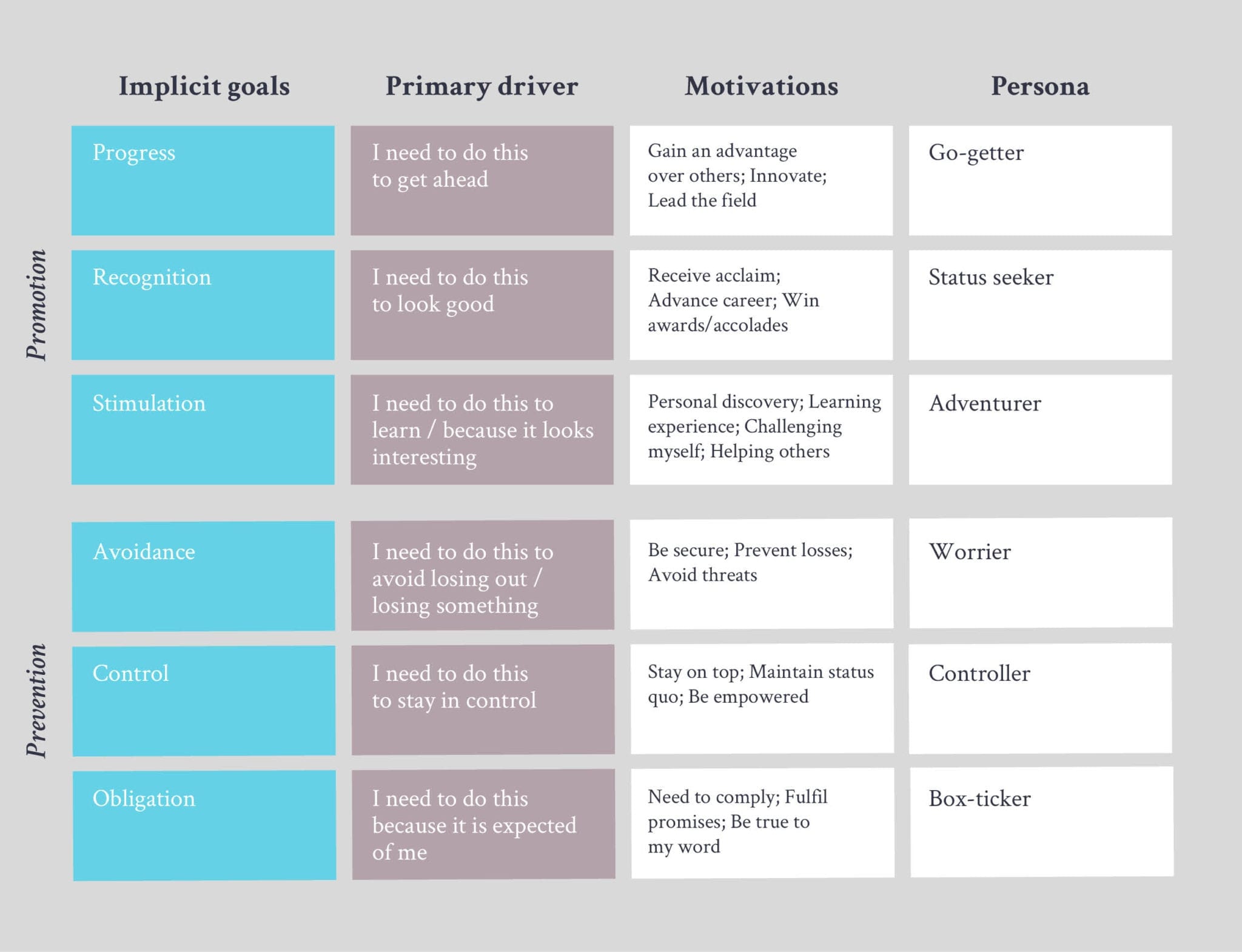Have hearts and minds been forgotten?

Business people are human too.
Unfortunately it’s something that gets forgotten all too often in B2B marketing.
Because that’s the easy way.
We make wild assumptions about who business people are and what matters to them.
We trade in stereotypes, then wonder why they don’t do what we expect them to do.
We bludgeon them with clichés.
Confuse them with corporate nothing-speak.
Then just for good measure, we blast them with jargon.
Because that’s what they want to hear, isn’t it?
Truth is, we don’t spend nearly enough time understanding what really makes people tick.
Buyers aren’t the rational beasts you’d expect them to be
Time was, buyers had little choice but to rely on the word of sales reps when researching a product.
Then the internet came along.
Today buyers have all the information they need at their fingertips – from user reviews to comparison tools to check how one product stacks up against a rival’s. And yet despite all this readily accessible information, and their best intentions, buyers just aren’t as rigorous in their purchasing as you’d think.
There are very few buyers out there who’ll investigate all the options – evaluate the pros, the cons, and assign a value and cost to each option.
Why?
Time and pressure for starters – when they’re against the clock, and sweating on making the right call, chances are they’ll take decision-making shortcuts.
Then there’s the interest and attention factor: when everyone says broadly the same thing, it’s no wonder they switch off. (Inconvenient fact: you can’t bore them into submission.)
And let’s not forget cynicism – 58% don’t trust vendor claims, even the ones they buy from.
Finally, there’s bias – often subconscious – which frequently comes down to a question of risk.
Not just economic risk, but personal risk.
What does the buyer personally stand to gain from the purchase?
Not in a backhander kind of way, but in terms of personal value. Knowing what they care about can make all the difference.
Want proof?
Try this: according to the CEB and Google, perceptions of business value barely differ between leading brands in a given industry – what makes B2B buyers almost 50% more likely to buy is when there’s something in it for them. Things like opportunities for career advancement, or kudos within their company for a wise buy.
And that’s not all – turns out buyers are eight times more likely to pay a premium for comparable products and services when personal value is present.
Time to really get under the skin of what matters to your buyers
You need to know what their goals are… explicit and implicit.
Look at it this way:
The explicit goals are probably those everyone else in your space is banging on about. The implicit goals are the stuff that motivates buyers personally (whether they realise it or not).
It’s important you understand both (hearts and minds, remember).
Think about where your audience are starting from – what their anchor point is. It should determine your frame of reference – whether your offering is best positioned to help them avoid loss or deliver a gain.
For example, a while back we worked with a large IT security firm on creating a compelling positioning.
Everyone else in the market was scaremongering – talking about what IT directors stood to lose if they didn’t have the right security software (which just so happened to be their security software).
We saw things differently.
After doing some digging it became clear IT directors were looking for a firm that took a more positive stance. So rather than try to scare the wits out of them, our security software proposition was all about putting IT directors on the front foot.
It was about giving them the confidence to do more.
To say yes to the cloud, yes to bringing your own device, yes to mobile working.
And all with absolute peace of mind.
Just a note of caution: different decision-makers and influencers (even within the same organisation) have different motivations and needs. So identify which personas they fit – then tailor your story to hit the right implicit and explicit goals.
You can also give your personas another dimension using the Earnest goal matrix.
One last thing: play to buyers’ emotions.
Always remember you’re talking to people, not corporate entities.
Inform, engage, help don’t sell – and never be afraid to entertain.
Because at the end of the day, it’s as much about how you make people feel as what you say.
Hearts and minds: that’s what makes all the difference.





